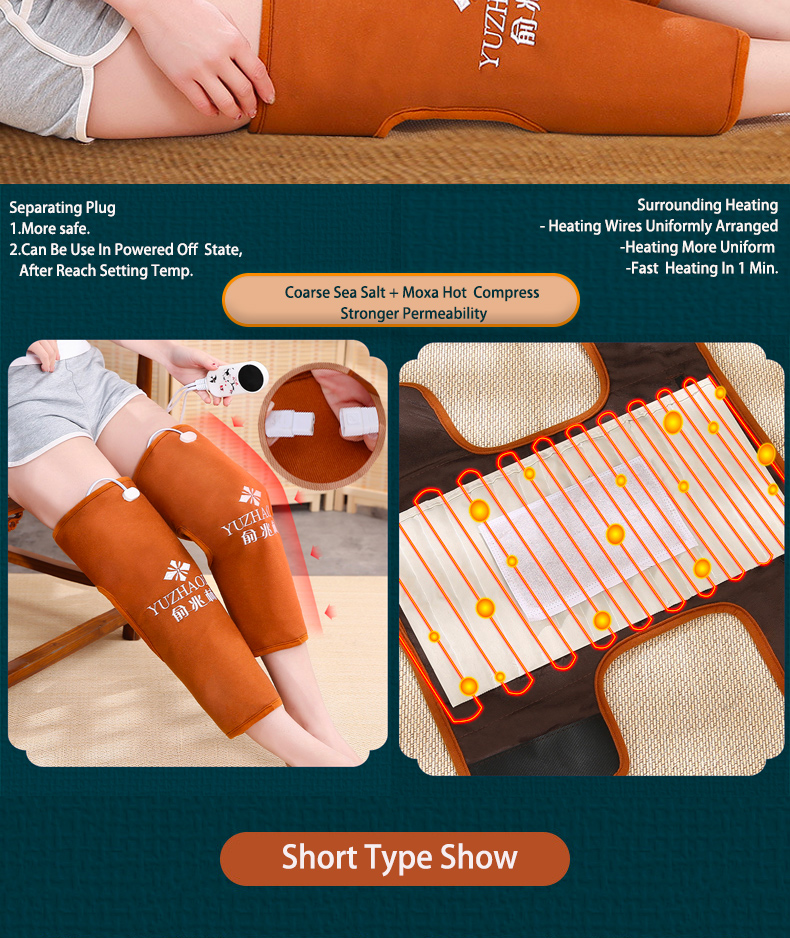1월 . 17, 2025 05:04 Back to list
Cat Heating Pad
Unveiling the Ultimate Guide to Using a Heating Pad for a Pulled Muscle
While heating pads can be instrumental in easing muscle pain, there are instances where heat application should be avoided - Immediate Injury Avoid heat in the first 48 hours following an acute muscle strain. Inflammation and swelling are best managed with cold therapy initially. - Open Wounds or Rashes Heat should not be applied to areas with open wounds or active skin conditions. - Pre-existing Conditions Individuals with certain health conditions such as diabetes, dermatitis, deep vein thrombosis, or cardiovascular issues should consult with a healthcare provider before using heat therapy. Supplementary Muscle Recovery Practices While a heating pad is a potent tool, integrating other recovery practices can significantly enhance the healing process - Rest and Gradual Movement Begin with ample rest followed by gentle stretching and strengthening exercises to regain mobility and strength. - Adequate Hydration Maintain proper hydration, as fluids aid in toxin removal and promote muscle function. - Nutritional Support Increase intake of protein and anti-inflammatory foods to assist in tissue repair. - Professional Guidance Engage a physical therapist or healthcare provider to develop a customized recovery program. Expert Insights and Recommendations Leading physiotherapists and sports medicine professionals advocate for the combined use of moist and dry heating methods. Moist heat, such as a warm wet towel, can penetrate muscles more deeply, while dry heat from electric pads encourages prolonged use and ease of application. Pharmacological adjuncts, like over-the-counter pain relievers, complement the use of heating pads but should not replace physical therapies. Moreover, a consistent balance between heat, rest, and movement often yields the best results. Conclusion The effective use of heating pads for pulled muscle therapy embodies a blend of traditional wisdom and modern science. While seemingly simple, their strategic application requires careful attention to timing, temperature, and technique. By understanding the underlying principles and best practices, individuals can significantly enhance their recovery pathway, return to their activities with confidence, and sustain overall muscular health.


While heating pads can be instrumental in easing muscle pain, there are instances where heat application should be avoided - Immediate Injury Avoid heat in the first 48 hours following an acute muscle strain. Inflammation and swelling are best managed with cold therapy initially. - Open Wounds or Rashes Heat should not be applied to areas with open wounds or active skin conditions. - Pre-existing Conditions Individuals with certain health conditions such as diabetes, dermatitis, deep vein thrombosis, or cardiovascular issues should consult with a healthcare provider before using heat therapy. Supplementary Muscle Recovery Practices While a heating pad is a potent tool, integrating other recovery practices can significantly enhance the healing process - Rest and Gradual Movement Begin with ample rest followed by gentle stretching and strengthening exercises to regain mobility and strength. - Adequate Hydration Maintain proper hydration, as fluids aid in toxin removal and promote muscle function. - Nutritional Support Increase intake of protein and anti-inflammatory foods to assist in tissue repair. - Professional Guidance Engage a physical therapist or healthcare provider to develop a customized recovery program. Expert Insights and Recommendations Leading physiotherapists and sports medicine professionals advocate for the combined use of moist and dry heating methods. Moist heat, such as a warm wet towel, can penetrate muscles more deeply, while dry heat from electric pads encourages prolonged use and ease of application. Pharmacological adjuncts, like over-the-counter pain relievers, complement the use of heating pads but should not replace physical therapies. Moreover, a consistent balance between heat, rest, and movement often yields the best results. Conclusion The effective use of heating pads for pulled muscle therapy embodies a blend of traditional wisdom and modern science. While seemingly simple, their strategic application requires careful attention to timing, temperature, and technique. By understanding the underlying principles and best practices, individuals can significantly enhance their recovery pathway, return to their activities with confidence, and sustain overall muscular health.
Prev:
Next:
Latest news
-
Precise Coagulation Blood Test Tubes
NewsJul.31,2025 -
High Quality Serum Separator Tubes for Precise Blood Sample Processing
NewsJul.30,2025 -
High-Quality Sodium Heparin Blood Collection Tubes for Accurate Results
NewsJul.30,2025 -
High-Quality Lithium Heparin Tube for Accurate Blood Collection
NewsJul.29,2025 -
High-Quality Sodium Heparin Blood Collection Tubes for Accurate Results
NewsJul.29,2025 -
Best Hot Heating Pad – Fast Relief, Soft & Versatile Options
NewsJul.29,2025














